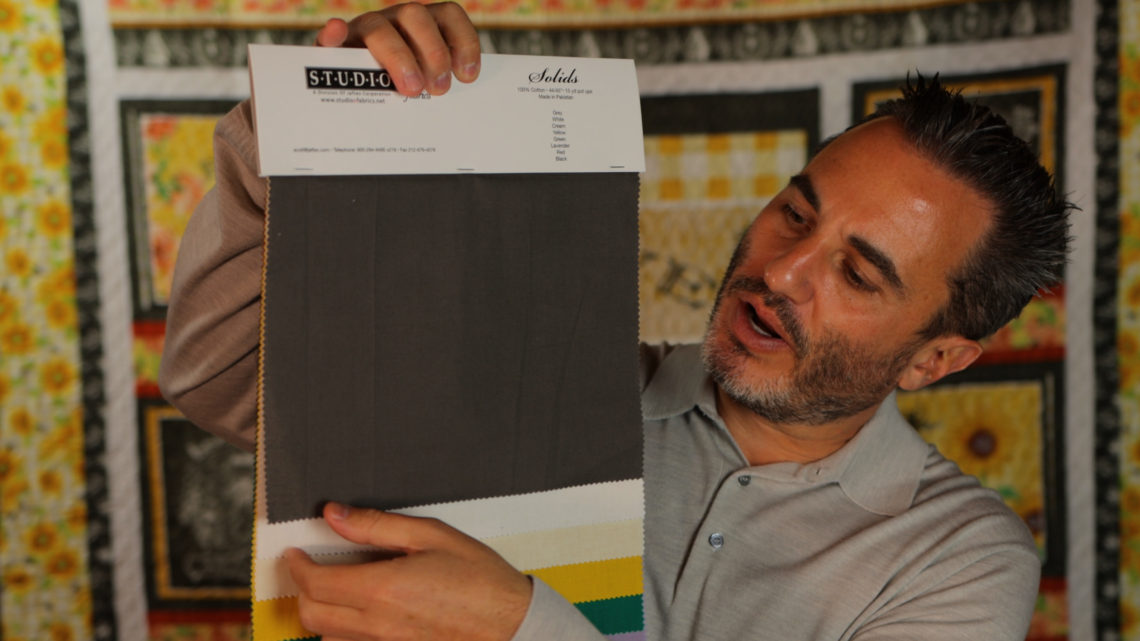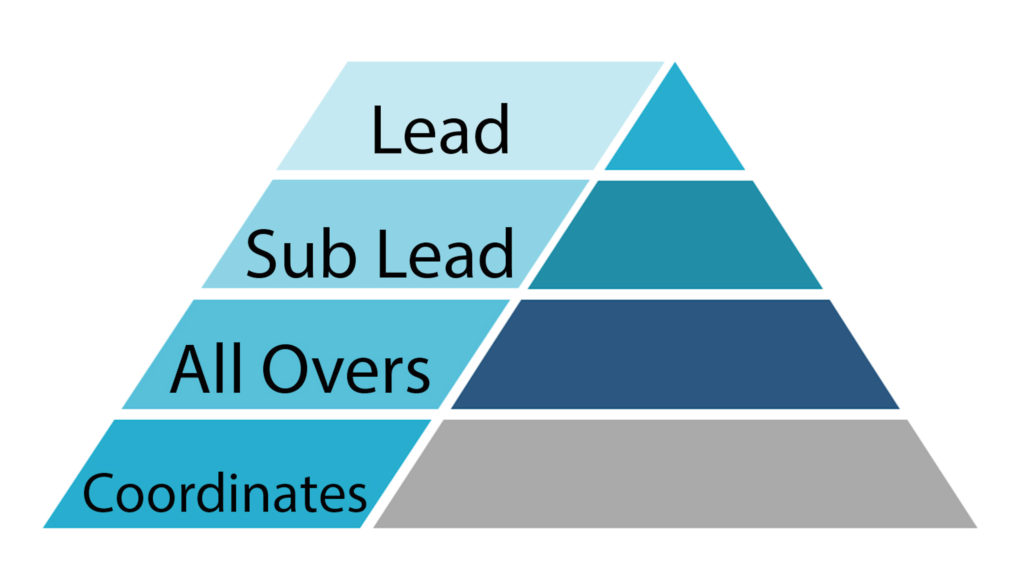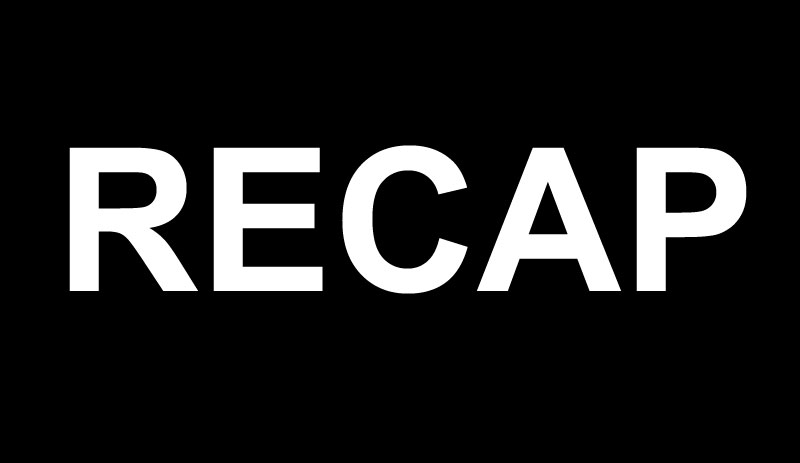
Semester with Scott Week 3: Sampling of Lines
This is the third “Semester with Scott” blog post and this one is about how we have always sampled our fabric collections up until Covid hit. I will also briefly discuss how we are now sampling during Covid.
Make sure to watch the class video of how we sample collections this Wednesday, October 28, 2020, at 7:30 PM Eastern on my @jaftexpresident Facebook page. Please share my page and the videos with all your fabric loving friends. After the “Semester with Scott” video goes live, make sure to be on the lookout for the Sunday weekly quiz on my Facebook page. You will have the opportunity to win some great fabric prizes just for paying attention and answering a handful of easy questions.
Last week, I explained to you how we construct a fabric collection with all of its critical components including a lead design, sub-leads, sub-sub-lead or allovers and then the coordinates.

After the fabric collection is constructed, using the methodologies that I discussed last week and above, it is time to get the line on to a fabric card. Then we send the sample cards to the sales professionals in all of our various distribution channels so they can then go out and show the lines to their customers.
If you have been watching my videos on Facebook, you probably have seen loads of the color cards that my companies make for every release of new fabric collections. The important thing to know here is that the color cards must contain as much information as possible for both the rep to sell the line and the customer to purchase. The information needs to be precise and it also needs to provide answers to any and all anticipated questions a buyer would have.
Nowadays, the majority of our sample cards contain printed images and not fabric. This has proven to be the best process for us. At this point in time, our customers know how our fabrics feel, so it really isn’t necessary to have fabric samples. Moreover, with advancements in technology, the printed images look almost exactly like the fabric. The reason why we don’t often make fabric swatched cards is that it would require us to buy the line upfront without any sales data to support our buying decisions. We don’t want to guess how much of each design to buy and therefore our preference is to have more sales data before placing our orders with the mills. Then we can buy the lines in proportion to how we sold them which has proven to be a more effective method for our companies.
Here is a list of the critical items that are included on most cards:
- Name of the line.
- The fabric construction i.e. broadcloth, flannel, poplin, etc.
- The bolt size usually 10, 12, 15 or 18.
- The width i.e. 44″ or 108″ wide.
- The designer.
- The delivery.
- The # of designs in the collection.
- The company brand i.e. FreeSpirit, Henry Glass, Studioe, Blank or 3 Wishes and the contact details including the address and phone number.
- The pattern and color numbers for each design.
- The scale of the design including the repeat and whether it is a panel.
- Free project details including images and kitting yardage breakdowns.
- A bio about the designer.
- Written info about the line including the inspiration for the collection.
- Basic collections that compliment the line.
- Precut details if the line is being offered in precuts.
- Social media handles for the designer and our companies.
- Care instructions.
That is a sufficient overview of the color cards for the time being. Again, I highly recommend that you watch the video on Wednesday, October 28, at 7:30 PM Eastern time. Now, I want to briefly tell you how we have pivoted on our sample making to adjust to Covid challenges for our sales reps and customers.
Thank goodness for technology because it allowed us to not miss a beat while selling our fabric collections during the lockdowns. It continues to help us since some shop owners are too afraid to see reps or reps are too afraid to go out….whatever the case may be.
The key for us has been the use of lookbooks. Essentially, the lookbook allows us to share the same color card details digitally with our customers. A sales rep can set up a Zoom video call with their customers and walk thru the lookbooks that are identical to the fabric cards. It is basically just a virtual sales call and this has been so helpful for the reps to jump the hurdles that have presented themselves during Covid.
That is your brief overview of sampling efforts for today. I hope the “Semester with Scott” series continues to provide you with behind the scene insights from a Fourth Generation Textile Executive that help you to continue to expand your knowledge of our amazing textile industry.

- What is “Semester With Scott”? Read this.
- Here is a video of the second class on building a fabric collection: Click here.
- Here is the reading material that aligns with the second course. Read Building A Fabric Collection


8 Comments
CAROL
What an education! Thank you Scott! Congratulations to 90 years -4 generations!
Scott Fortunoff
Thanks Carol! Glad you are enjoying.
Scott
Pat
I appreciate your time and energy involved in sharing this info. It adds to the quilt shop experience.
Scott Fortunoff
Thanks Pat. Glad you are taking it all in.
Regards,
Scott
Kara E Benavides
Your Look Books are truly the thing of dreams. I want one(bolt) of everything.
Scott Fortunoff
Your wish is my command Kara. Glad you like it. Have a great week.
Scott
Laura Tawney
Love the Lookbooks! It’s great to get an idea of what the fabrics are and some of the projects. Interesting info on how fabric lines are developed. I’ll look forward to the video on Wednesday?
Scott Fortunoff
Glad you are enjoying and learning Laura. Study up for the mid-term as it will be here before you know it.
scott